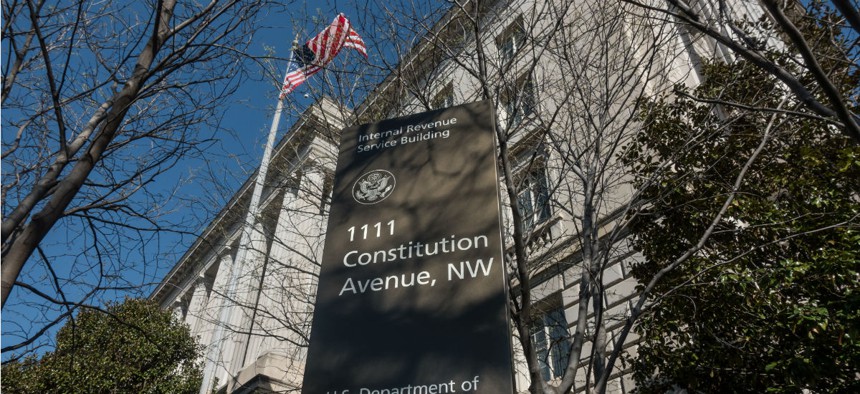
IRS Disagrees with Watchdog’s Diagnosis on Improper Payments
TIGTA says tax credit errors continue above acceptable risk levels.
Ongoing efforts by the Internal Revenue Service to minimize erroneous payments for various tax credits remain an at unacceptable risk level, a watchdog found.
Estimated improper payments for the additional child tax credit and the American opportunity tax credit exceed the statutory criteria “for a significant risk of improper payments and as such should be identified as a high-risk program,” the Treasury Inspector General for Tax Administration said in a report released last week. “Any program that has gross annual improper payments that a) exceed both 1.5 percent of program outlays and $10 million of all program or activity payments or b) exceed $100 million at any percent of program outlays is considered a significant risk.”
But IRS financial managers rejected the auditors’ recommendations for a more strategic approach.
The tax agency’s struggles with wrongfully claimed tax credits are addressed as part of a larger governmentwide crackdown on improper payments coordinated by the Office of Management and Budget in compliance with the 2010 Improper Payments Elimination and Recovery Act.
The IRS has long focused on abuse of the earned income tax credit as well as the premium tax credit for taxpayers using Obamacare, which requires coordination with the Health and Human Services Department.
The new TIGTA report estimates that 24 percent ($16.8 billion) in improper payments were allowed under the earned income tax credit in fiscal 2016; 25.2 percent ($7.2 billion) of additional child tax credit payments were improper, the report said, as were 24.1 percent ($1.1 billion) under the American opportunity tax credit.
“TIGTA’s audits of improper payments over the past few years show that curbing improper EITC payments is still a challenge for the IRS,” said J. Russell George, Treasury Inspector General for Tax Administration. “The methodology the IRS uses to conduct risk assessments still does not provide a valid assessment of the risk of improper payments for refundable credits other than the EITC.”
IRS’ efforts over the past two years to revise its approach based on TIGTA recommendations showed some progress, but “they continue to provide an inaccurate assessment of improper payment risk,” TIGTA wrote. The agency’s “revised risk assessment methodology still does not include the use of available” research and compliance data.
TIGTA recommended that the IRS ensure that its methodology to conduct the Annual Improper Payment Risk Assessment for refundable tax credits, including the Premium Tax Credit, includes a quantitative assessment of IRS compliance data. TIGTA also recommended that the IRS work with the Centers for Medicare and Medicaid Services to assess the risk of improper premium tax credit payments.
But IRS Chief Financial Officer Ursula Gillis wrote a rebuttal, saying her agency “developed the refundable tax credit risk assessment framework” with the Treasury Department and in accordance with the OMB Circular A-123. IRS and Treasury continue to work with OMB, she said, on a broader discussion of the tax gap, the tax burden and refundable tax credit compliance apart from the risk assessment process, she wrote.
IRS also rejected the recommendation for a comprehensive strategy in cooperation with HHS, saying it had won approval from OMB in fiscal 2016 for a separate approach for each tax credit rather than an “end-to-end approach.”







